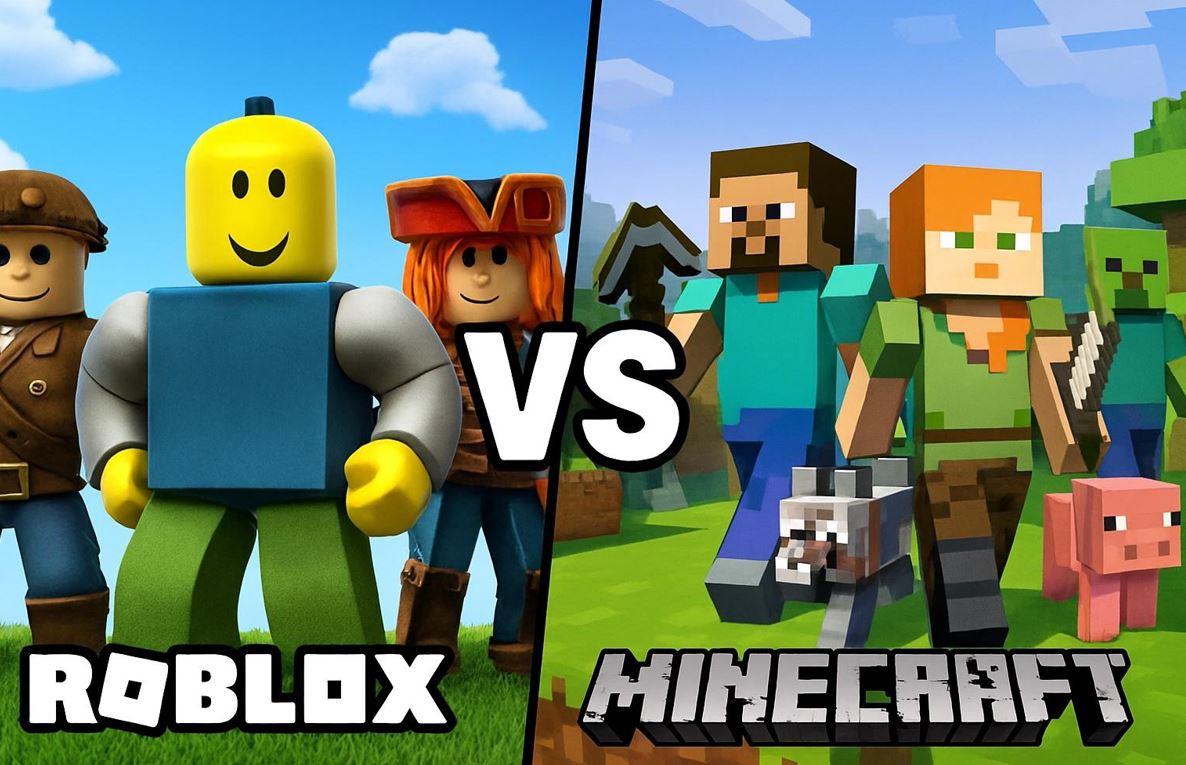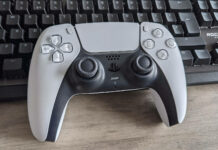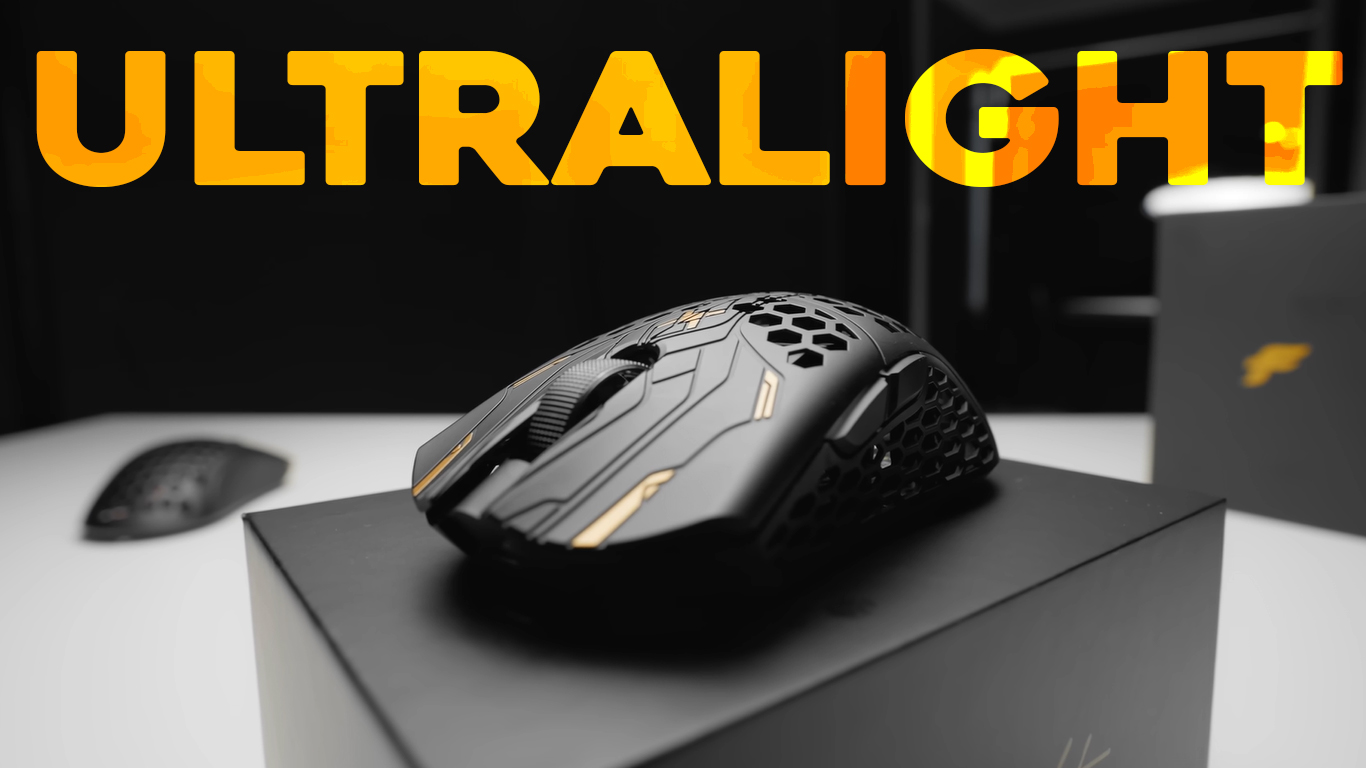- Recently, many professional players have increased their DPI to 1600 or higher.
- Modern mouse sensors are highly accurate, even at high DPI, minimizing old concerns like jitter.
- However, high DPI might not be the best choice for everyone. Comfort and playstyle preferences are the biggest factors.
For a long time, gamers believed lower DPI (dots per inch) translated to better accuracy. The idea was straightforward: less mouse movement meant more precise aiming.
But lately, something interesting is going on. More and more professional players are going against this idea and increasing their sensitivities to 1600 DPI or more. What’s behind this sudden change?
Why it matters: Many pro players are cranking up their mouse DPI to perform better in fast-paced titles like Apex Legends and Fortnite. With high DPI, tracking a dashing and sliding opponent only needs a wrist flick.
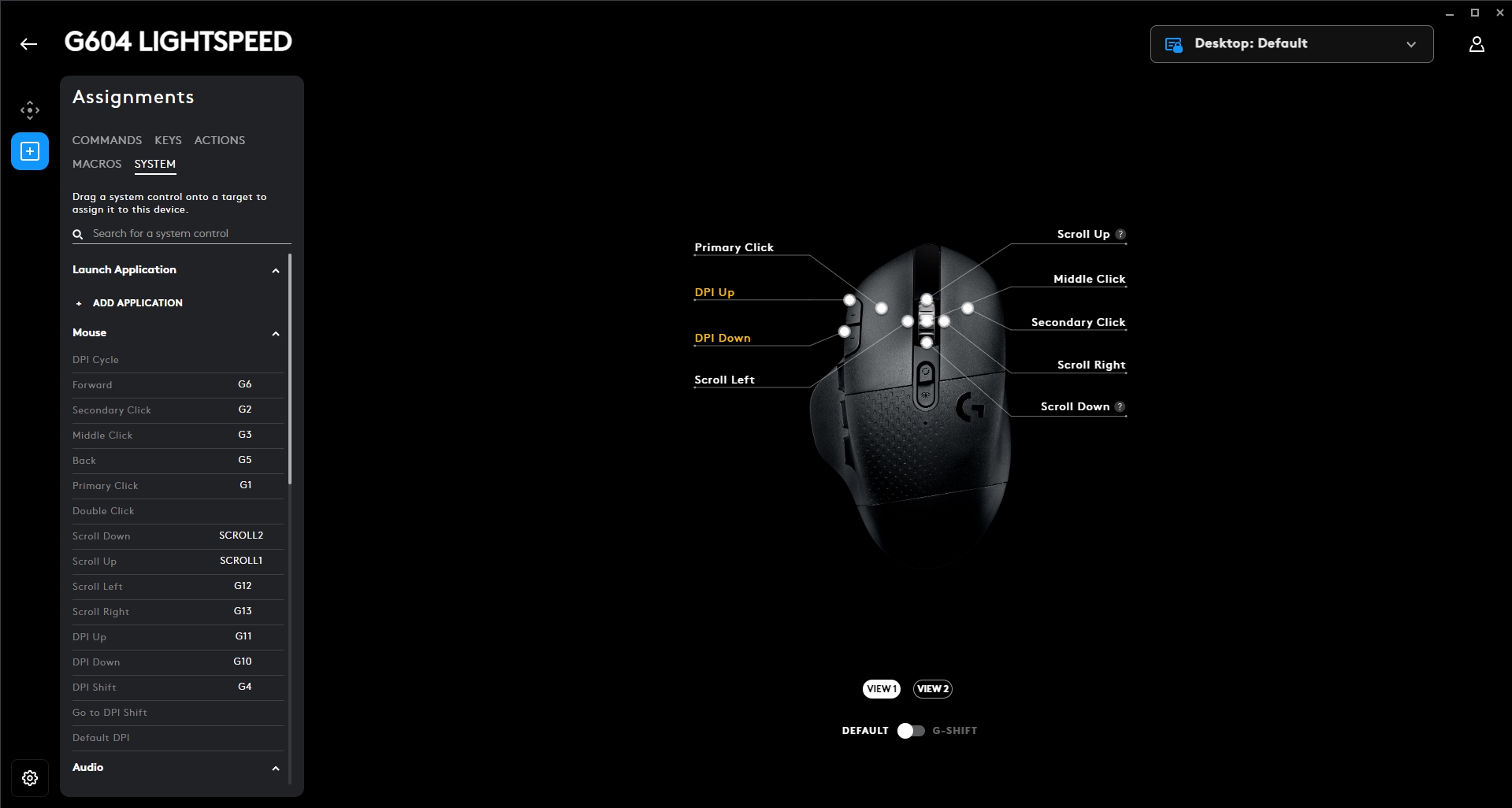
The Case for Cranking Up the DPI
I’ll admit I was skeptical at first. When I saw this trend, I couldn’t help but roll my eyes. Was it just a passing craze? A marketing gimmick?
I’ve been sticking to my reliable 800 DPI setting for years and wasn’t ready to switch without a solid reason. But in the tech world, there’s often more to these trends than meets the eye.
So, after doing a bit of research, I discovered a few compelling arguments for ditching the low-DPI life:
- Smaller Movements & Faster Reactions: Having a higher DPI means even small wrist movements can lead to lightning-fast micro-adjustments in the game. In competitive esports, where every second counts, this extra speed can make a big difference between winning and losing.
- Arm vs. wrist Aiming: Many pro players who support high DPI suggest using your arm more for aiming. Instead of relying mainly on your wrist for small adjustments, you make bigger movements with your forearm. This method can help you aim more consistently and might lower the chances of getting repetitive strain injuries during long gaming sessions.
- Modern Mice are Incredible: Mouse sensor technology has come a long way. High-end mice can now track movements accurately, even at extremely high DPI settings. Issues like jitter and inaccuracy at high sensitivities are mostly a thing of the past.
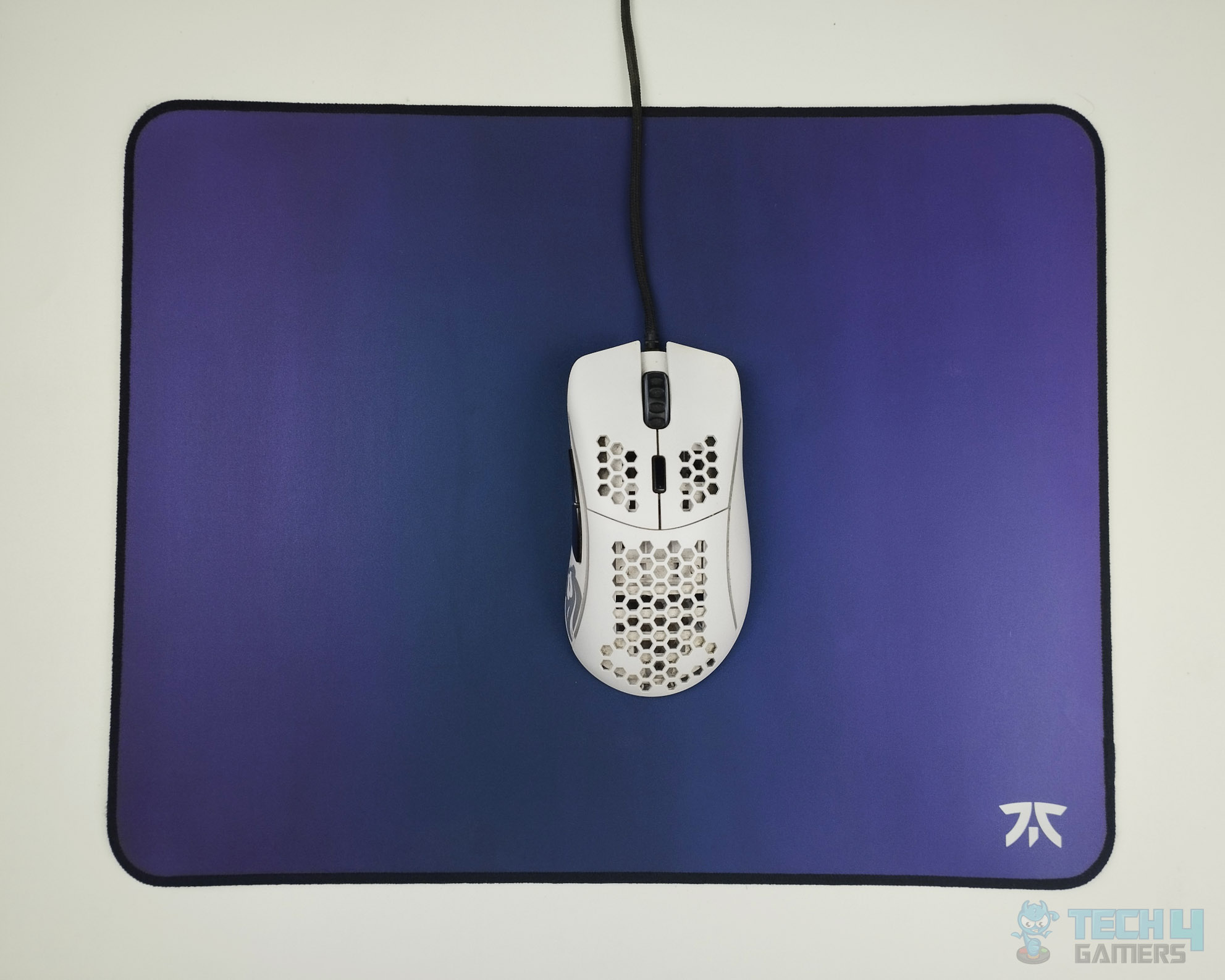
Is Higher DPI the Right Move For You?
The million-dollar question, of course, is whether you should jump on the high-DPI bandwagon. Like with most gaming peripherals decisions, the answer isn’t straightforward.
I decided to give 1600 DPI a try, and honestly, it didn’t win me over right away. It took some getting used to; I felt like I had lost control at first. But as I stuck with it and tweaked the in-game sensitivity gradually, I started to see the benefits. My movements became quicker, and tracking fast targets felt a bit easier.
A higher DPI might be useful in fast-paced games like Apex Legends and Fortnite, which demand lightning-fast reflexes and constant 180-degree flicks. Moreover, it should also help make better and smoother micro-adjustments in such games.
Here’s what I suggest: be open to experimenting. Changing habits can be tough, and the transition might feel rough. But if you give it time, the potential advantages are worth exploring. You might find, like me, that you end up embracing high DPI after all.
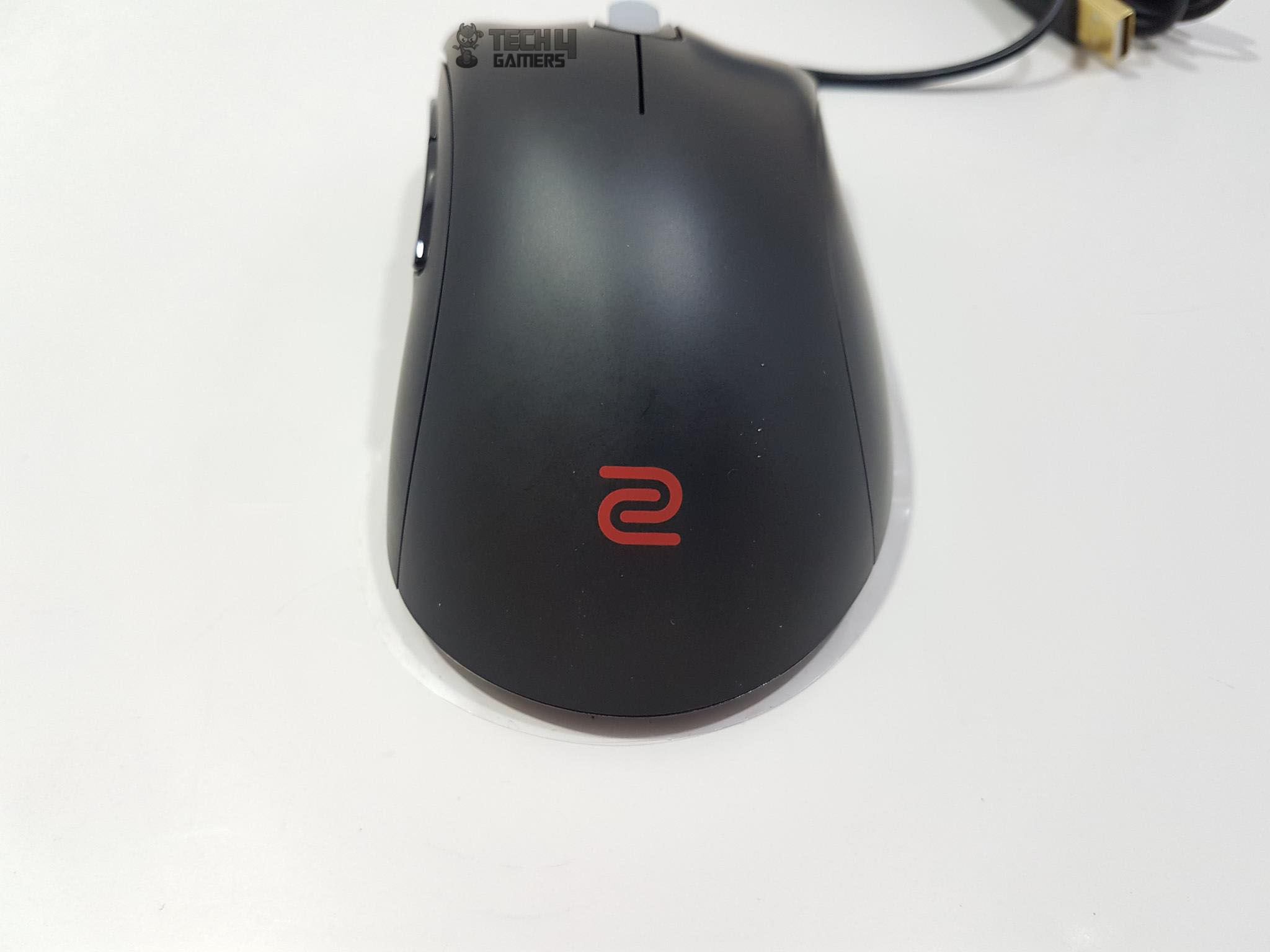
The Key Takeaway
The move toward higher DPI among pro gamers isn’t random. There are solid reasons behind this change. But remember, no magic number for mouse sensitivity suits everyone. So don’t go copying your favorite pro player’s sensitivity, as it may not work for you.
The ideal DPI depends on what you prefer, how you play, and the games you love. Don’t jump on the bandwagon just because the pros do it. If you’re crushing it with your comfy 400 or 800 DPI setup, there’s no need to upheave your whole playstyle.
However, trying out a higher sensitivity could make a difference if you’re feeling sluggish or struggling to keep up. Remember, it’s all about what suits YOU best. Make small adjustments, give yourself time to adjust, and don’t hesitate to switch back if high DPI isn’t your thing.
The transition may leave you feeling like a noob for a while, but the potential payoff of snappier aim and improved reaction times in frantic modern shooters might just be worth it.
Thank you! Please share your positive feedback. 🔋
How could we improve this post? Please Help us. 😔
Passionate gamer and content creator with vast knowledge of video games, and I enjoy writing content about them. My creativity and ability to think outside the box allow me to approach gaming uniquely. With my dedication to gaming and content creation, I’m constantly exploring new ways to share my passion with others.


 Threads
Threads